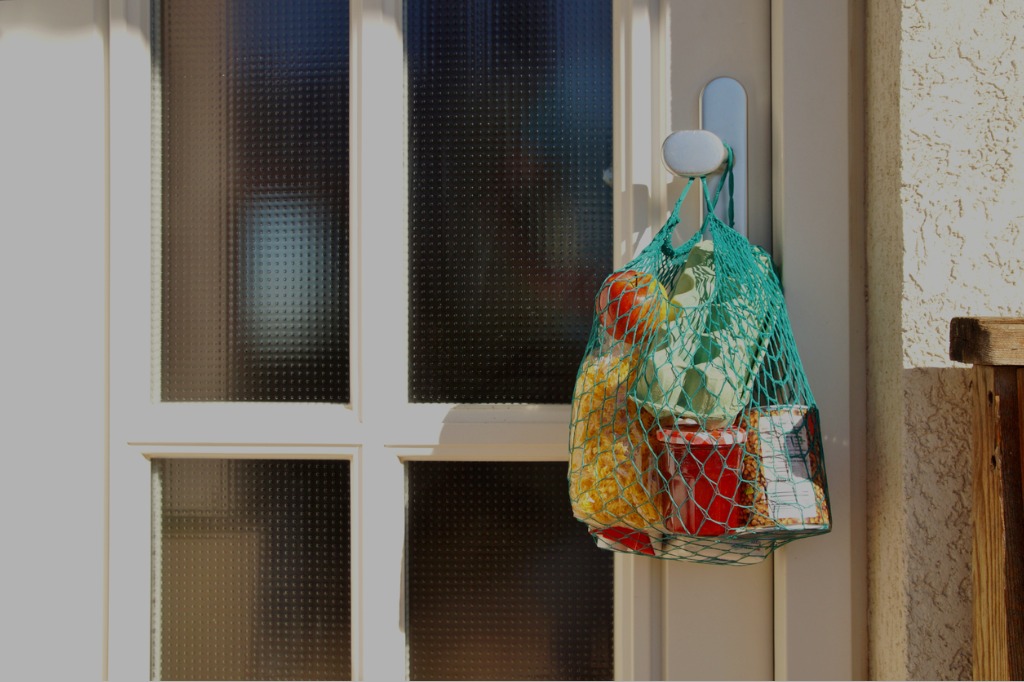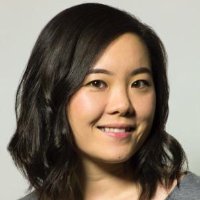When we find ourselves inside communities that value the gifts everyone brings, we discover we are equipped to handle challenges life throws our way.
Lindsy Ogawa, Director of Practice and Field Advancement
Education Reimagined is hosting an on-going series of Lab Forums for learner-centered leaders in The Learning Lab and SparkHouse communities. Each week, we will be highlighting the insights that emerge from those conversations. The first forum touched on why they were uniquely prepared for the COVID-19 pandemic. The second focused on the power of trusting relationships. The third showcased how learner-centered leaders are strengthening their communities. The fourth challenged us to take full advantage of the new flexibilities the current moment is providing. And, the fifth and final for this series invites us to acknowledge what real, authentic learning looks like.
Humans are social beings. And, no degree of physical distancing will make that less true. Learner-centered educators, young people, and organizations know connection and relationships are the primary building blocks for strengthening their communities. And, during these challenging times, they have been exploring and finding solutions to many important questions—solutions that will ensure their communities come out of this crisis stronger than ever before.
The kinds of questions being asked include: What are ways to strengthen community when we can’t be physically together? Whose voices aren’t being heard, and how can we invite them in? How can we ensure everyone in our community knows they belong? What are the challenges and needs within our communities (and how can we support them )? How can each of our unique strengths and interests be brought to bear to positively impact our communities—now and beyond the pandemic?
I’ve had the privilege to hear from these leaders and learn about the creative ideas they and their learners have come up with to solve many of the questions above, as well as others that learning communities across the country are contending with. And, although every community has a unique solution that will best serve their specific needs, hearing how others have solved these problems allows us to accelerate our own discovery process.
For the purposes of this article, the idea of community is divided into three ways of thinking about it: “local communities,” “school communities,” and “community amongst learners.” Below are some of the efforts and ideas we’ve heard from practitioners serving diverse youth all across the country to date. As you read through each section, we invite you to see these takeaways as an opportunity to pause and think about your own work and how you might move forward with your transformation efforts.
Strengthening Local Communities
Young people at Iowa BIG, One Stone, and Rock Tree Sky have discovered authentic ways to meaningfully impact their local communities. Their contributions are showing up at the intersection of where the unique interests of young people intersect with the challenges their communities are facing.
At Iowa BIG, some learners are protecting the safety of their higher risk community members by serving as grocery shoppers. Learners receive grocery lists and purchase necessities to be safely delivered or picked up on the curbside.
Learners at One Stone launched a “Do Good Day”—an invitation for young people across the country to create change through volunteer service. Young people did good within their homes and local communities—including working with local businesses, grocery stores, and farmers markets to help solve sanitation challenges and offering thought partnership on ways to stay open during the pandemic.
At Rock Tree Sky, learners regularly work with their community through internships and on projects they find meaningful. During this pandemic, a group of learners began working with their local hospitals to create protective face shields, which have been in short supply.
Some of these partnerships between young people and community organizations may not have been previously welcomed or allowed prior to the pandemic. And, this is the kind of work and impact our young people are capable of making now and well after the pandemic subsides. Young people are the often overlooked “resource” that every community can lean into.
Strengthening Learning Communities
In some ways, we could look at learner-centered learning communities as microcosms of how our broader communities could operate in more collaborative and socially conscious ways. They are places where virtues like compassion, authenticity, generosity, and humility thrive.
At Belgrade-Brooten-Elrosa (BBE) Public Schools, virtual focus groups are being formed, so BBE educators can hear from young people about how their at-home education experience has been going. This commitment to gaining young learner feedback is raising the bar at BBE. The district already had a student council in place, but their Teaching and Learning Engagement Coach, Janelle Field, knew hearing from every voice, rather than a select group, would provide their learning community with the full breadth and depth of perspectives, experiences, and backgrounds their young learners come in with.
For our youngest learners, making such a drastic shift in where they spend their days can upend the great progress they’ve made in cultivating their sense of learner agency. At Design39Campus, elementary educators are hosting virtual parent workshops to support families to continue building their childrens’ learner agency at home. At Capitol Learning Academy, similar efforts are being made through one-on-one phone and video calls and community emails. The guidance is simple: “Your children know how to discover the answers to the questions they’re asking you to help with. Take a step back, and watch them shine.”
As an educator, a sudden shift to distance learning with newfound freedoms can be a shock to the system. In Bedford County Public Schools, leaders are hosting ongoing district-wide conversations to support educators who are understandably struggling with this shift. They are using this moment as an opening to have conversations about the importance of building community, rather than solely academics, and co-creating together given new flexibilities.
In North Carolina, Rowan Salisbury Schools was uniquely prepared for the unknowns this pandemic has brought. Everyone—from central office administrators to bus drivers and custodians—are included in professional development opportunities, ensuring everyone sees themselves as a leader within the learning community and beyond. So, when facilities were closed, nutrition staff, bus drivers, and custodians were at-the-ready to fill their roles in delivering meals to families and ensuring their facilities remain in good order while everyone is away. Everyone at RSS knows their contribution supports their young people and community.
Ronni Moore, Lead Teacher at Purdue Polytechnic High School has noticed some young people have been less responsive since the shift to distance learning. She is in the process of enrolling colleagues and young learners to create personalized videos and care packages for learners who have been less engaged, to show they are loved and still vital members of their learning community. Similarly at Norris Academy, where three young learners have been newly enrolled during the pandemic, welcome packages with T-shirts, water bottles, headphones, and fidget toys were sent to make everyone feel immediately included in the Norris community.
Strengthening Community Amongst Learners
While there has been an understandable emphasis on ensuring the health and wellness of our learning communities, it is also important to acknowledge the many other kinds of communities our young people are engaged in. From online gaming communities to Girl Scout troops to work communities for those learners who are employed, there are many spaces where young people find support beyond our immediate purview.
At the Met School, one learner who was well known for her wrestling talent, has been keeping busy by virtually sharing her love for wrestling with 11-14-year-old girls across Rhode Island, while at the same time pursuing her certification to become a wrestling coach.
The Youth Advisory Council at UP for Learning took it upon themselves to launch a state-wide survey to discover what young people are experiencing during the pandemic. They have surveyed across different ages, identities, “academic” interests, extra curricular activities, and hobbies. The number of responses surprised the team and now UP for Learning is exploring ways to meaningfully connect young people to each other around their strengths, interests, and needs.
At Pike Road Elementary and Embark Education, adult leaders are discovering and leveraging the pre-existing relationships amongst their young people and families to check-in with each other during this pandemic. Rather than having educators be the sole communicators, young people are encouraged to connect and explore ways to support each other.
Wrap-Up
When we find ourselves inside communities that value the gifts everyone brings, we discover we are equipped to handle challenges life throws our way. And, even when we are required to keep our physical distance, we don’t have to tackle these challenges alone. We can continue strengthening our connections, building new relationships, and discovering even more gifts our community members are ready to bring to the table. As you continue navigating these strange times, remember there is no hurdle too big, when you open the (sometimes virtual) door for everyone to contribute.

